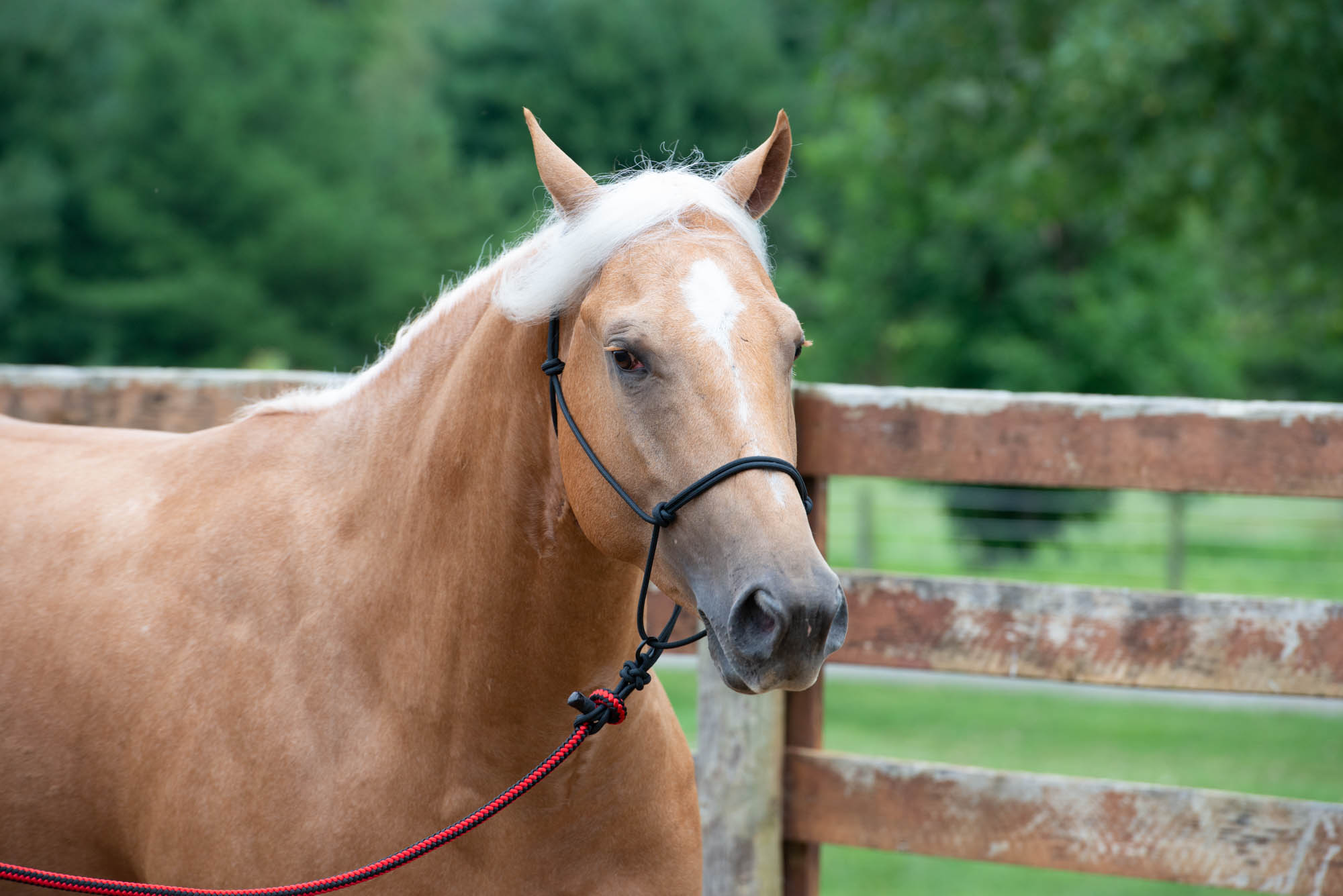As horse owners, we desire to be able to handle our horses easily in any situation. Whether it’s leading them around the farm, standing for the vet or loading onto a trailer, we need to be able to communicate effectively with our horses so they understand exactly what is expected of them.
“Groundwork is really important not exclusively for young horses, but for every horse as that is where communication begins,” says veteran horsemanship instructor Richard Winters.

For almost four decades Richard has been pursuing and perfecting the art of horsemanship. Since teaching his first clinic at a junior college in the early 1980s, he has traveled around the world sharing his unique brand of horsemanship. Understanding horses, and more importantly understanding people, has been the key to Richard helping thousands of horse owners – from amateurs to professionals – learn how to train themselves and their horses for better outcomes.
Among his many accolades, Richard won the National Reined Cow Horse Association World Championship in 2005 and took top honors at the Road to the Horse Colt Starting Championship in 2009. He is also a top-five finalist at the Cowboy Dressage World Finals and author of the book “From Rider to Horseman.”
Richard explains that groundwork creates a systematic plan for how your horse should act on the end of a lead rope. The key for working with young horses that are new to being handled and ridden includes spending time on the ground teaching them the basic concepts of yielding to pressure, how to move their feet, how to react to the rider’s directions, as well as how to react appropriately to outside stimuli can make training your horse under saddle a lot smoother.

How much groundwork preparation your young horse should have before you ride him is up to you, as different disciplines and training methods often have differing approaches. However, Richard suggests doing a little groundwork before each ride to gauge their level of concentration and willingness that day. The amount of time you spend on the ground each time may vary, but ultimately you want to do enough work that you feel your horse will be reliable under saddle.
He elaborates that while the goal is to ride, groundwork is an important tool to help you get to that stage. It helps you gain a baseline knowledge of how your horse is feeling physically and their frame of mind. Groundwork helps remove physical and mental variables— if your horse is feeling sore or sour, you will likely notice it in your pre-ride groundwork.
“I want to remove as many [outside] variables as I can,” says Richard. “I want groundwork to be a tool for me, not a crutch.”
Groundwork in excess of 30-40 minutes is not appropriate every day, but taking 2-15 minutes daily to evaluate your horse before you ride is beneficial.
To make your groundwork more effective, Richard recommends using a rope halter. He explains that the width of flat halters often function in a way similar to breast collars, which are made for pulling or for your horse to lean against. While some horses can be very respectful of a flat halter, many will take the opportunity to drag their handler around.
“A rope halter sits nice, soft and comfortable on a horse’s face,” Richard continues. “But if I need to tip that horse’s nose back to me, [or] if he is leaning on me, now I’ve got things working in my favor because it’s a little bit thinner.”

When it comes to picking the right rope halter, Richard recommends Weaver Leather’s Silvertip® Rope Halters. Hand tied in the USA, these halters boast a narrower diameter for enhanced, clear communication when you are working with your horse.
Richard prefers Weaver Silvertip® Rope Halters for young horses because they are adjustable, can fit a variety of head sizes and types and the diameter of the rope ensures that the halter is effective. He recommends pairing your rope halter with a 12’ lead rope, as the 8-10’ leads are not as handy for extensive ground work beyond leading the horse. It is important to have enough lead rope available to send the horse away from you on the line properly.
In the end, Richard likens groundwork to dancing. While you can physically move your partner around by dragging them, groundwork is the foundation that makes communicating with your young horse both on the ground and in the saddle seamless.






